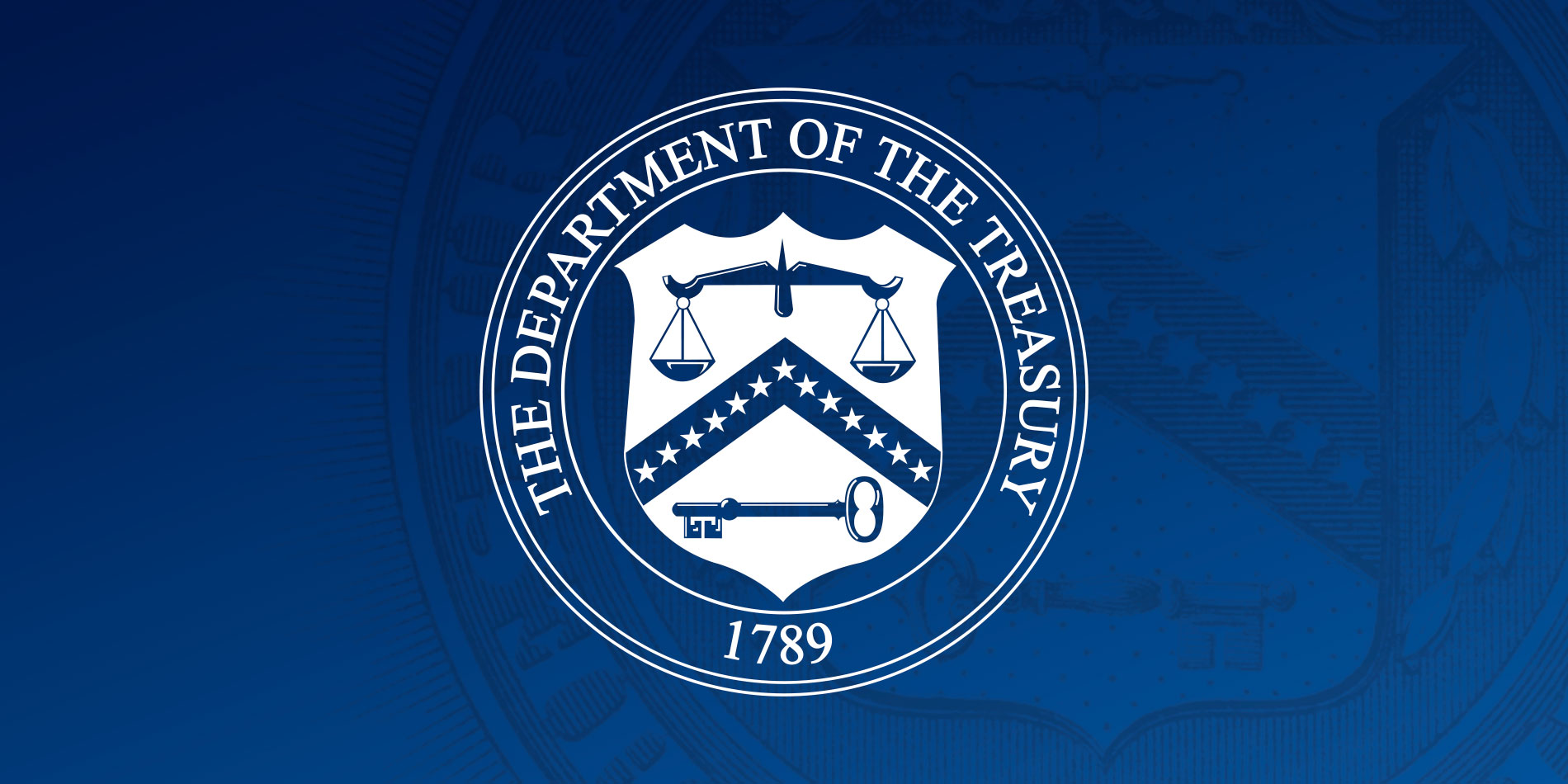Thank you, Michelle, and thanks to Linda, Ricardo, and Fabiola for the chance to be here.
Before getting at how new payment systems impact the role of the dollar, I want to start with the role of the dollar and how we at Treasury see it.
People and institutions demand the dollar, around the world, because the dollar fulfills a diverse and important set of needs. It is a safe, stable, and liquid instrument, making it an effective store of value. The borrowing cost of dollars is a reliable benchmark, or risk-free rate. The dollar facilitates international transactions in a highly liquid currency, which all else equal, reduces transaction costs.
Because of these features, the dollar’s global usage far exceeds the U.S. share of global economic and financial activity. As we all know, statistics for the dollar’s broad usage reflect this high demand. The dollar has the largest single currency share in trade invoicing and commodity pricing. It is used in one leg of 88% of foreign exchange transactions. Sometimes it is being used as a vehicle currency because of the efficiency of trading in dollars. Dollar-denominated assets account for about 60% of central bank foreign exchange reserves globally, and a similar percentage of international and foreign currency liabilities and claims in the banking sector.
So, why does the dollar have this critical role? In our view, the foundation of this robust demand is the United States’ robust governance of the dollar system.
Key components of this governance are structural—like open, deep, and liquid financial markets; high institutional transparency; reliable and predictable legal systems; sound macroeconomic policy; the commitment to a free-floating currency; and the fact that the dollar is legal tender for a large economy and large capital market. Another component is the role of values, like rule of law, respect for privacy, and protections against illicit finance that underpin our system. Demand also likely stems from U.S. support for the smooth functioning of the international monetary system. Many countries have directly benefitted from the United States’ support for dollar liquidity in periods of economic stress; other countries have benefitted indirectly.
I would argue the dollar’s international role reflect a widely held belief that our governance is both robust and durable. Treasury and other U.S. institutions are working hard to provide that the dollar-based system continues to fulfil its functions.
I would also argue the role the dollar plays is in our national interest. This is not really about some sort of exorbitant privilege or pricing or borrowing cost, but about the ability to ensure a well-functioning international financial system that follows rules and can be used to help uphold a rules-based international order.
Moreover, demand for dollars suggests that not only the United States has an interest in the dollar maintaining its global role. The dollar’s global role also benefits the broader international economic and monetary system, and the countries that participate in it. This does not mean that developments haven’t impacted—or won’t impact, or shouldn’t impact—various aspects of the dollar’s global role.
Some countries are working to internationalize their currencies as a unit of account in trade. Other observers suggest changes in technology and payments innovations could erode the dollar’s prominence.
In this view, new payment technologies will deliver speed, cost, and accessibility that change the relative importance of the historical factors driving currency choice. If dollar-based systems become too slow or costly, users may decide to transact in other currencies on other systems, even if it means accepting higher costs elsewhere. We don’t see evidence of this occurring today, but it is possible. Global payments are certainly undergoing some remarkable innovation and change. And because the U.S. has an interest in the role of the dollar and the maintenance of a strong, well-functioning international monetary and financial system, the U.S. also has an interest in the sound development of new payments technologies.
Several principles guide Treasury’s engagement on the future of money and payments.
First, payment innovations must not compromise the safety, security, and reliability of the international financial system. Payment system stability is a critical part of financial stability, and we should continue to treat it that way. Introducing new technologies into our payments infrastructure, poses important risks. And the newer and more complex the payment system, the greater the vulnerabilities could be.
Second, emerging payment arrangements must meet international standards, like the Principles for Financial Market Infrastructures (PFMI) and the Financial Action Task Force (FATF) Recommendations. New payment systems are still payment systems. Standards have been essential to preserving those systems’ stability and combatting illicit finance. This includes legal, regulatory, governance, security, and technical standards. Standards are also a proven, reliable way to enhance interoperability and avoid fragmentation in global payment systems, including between new and legacy systems. Importantly, in most cross border payments challenges, technology isn’t really the issue. Key questions around legal and regulatory and governance exist regardless of the technology used and we need to focus on improving these aspects of cross border payments
Third, policymakers should preserve optionality for payment innovation, and recognize the private sector’s essential role in improving cross-border payments. The public sector should be open to experimentation of a variety of types and avoid picking winners and losers in payments technology. Policymakers should also create sturdy enabling environments, which encourage the financial sector to develop, participate in, and improve cross-border payments initiatives. Working within the parameters defined by public policy, private-sector initiatives also have advantages with respect to incentives for continuous innovation and speed of development.
Finally, circling back to the role of the dollar. The United States should maintain the competitiveness of the dollar-based system, including for payments. Our Federal Reserve hosts are investing time and resources not only in upgrading our existing payment systems, such as with the introduction of FedNow last year. They are also active in international payments experimentation. And regulated U.S. financial institutions are at the forefront of private-sector exploration of global, “always on” real-time payments, clearing, and settlement.
All of that said: Competitiveness in this context is not only about technology. It’s also about institutions and governance. New multilateral payments arrangements will require participating jurisdictions to decide on mutually acceptable governance, economic, and operational terms.
We know from experience that this is never simple. The dollar is important, in part, because the terms underpinning the dollar system are clear, strong, and reliable. Our collective work on payments innovation should seek to keep them that way.
QUESTION: You mentioned the U.S. should be taking steps to maintain the competitiveness of the dollar-based system. What is the Administration doing to achieve this in the realm of payments?
Treasury has been leading an interagency working group about the future of money and payments. The working group has laid out a proactive payments strategy oriented towards ensuring the evolution of payment systems reflects U.S. and democratic values.
The Administration’s strategy is intended to complement and support the Federal Reserve’s independent efforts in this area. As I mentioned earlier, the Fed has unique, explicit, and exclusive responsibilities here. And it continues to invest in and improve U.S. payment systems, while keeping a close eye on the evolution of relevant technologies.
I won’t list all our efforts within this payments strategy, but I will share a few:
We want to expand and deepen U.S. experimentation with novel wholesale cross-border payment arrangements. To be clear, as noted, the Fed is already engaged in several such initiatives, and we believe it is important to further elevate U.S. leadership in payments innovation. We’re exploring what it would mean for the U.S. to interlink retail fast payment systems with select other jurisdictions, as appropriate. The Fed is currently working on domestic adoption of the FedNow service, and interlinking will take time, but Treasury is thinking about its implications internationally. Finally, we are supportive of appropriately federally regulated financial institutions continuing their innovation in payments and capital markets. However, solutions should aim for interoperability across service providers to avoid “walled gardens” and to invite competition, access, and optionality.
Internationally, Treasury and the Federal Reserve engage extensively on a bilateral basis and in multilateral groups. I will highlight Treasury’s strong support for some priorities under the G20 Cross-border Payments Roadmap.
We should focus on safely upgrading existing payment systems, addressing technical, legal, and operational misalignment among jurisdictions. We should improve legal and regulatory alignment between bank and non-bank payment service providers—while preserving the safety and soundness of payment intermediaries and protecting consumers. We should reduce the payment frictions that come from differences in data frameworks, promoting alignment and interoperability to improve speed, transparency, and access. These are areas in which we see the most promise for tangible near-term progress towards faster, cheaper, more transparent, and more accessible cross-border payments.
And more basically, if we do not address the legacy regulatory and operational issues that shape our current payments landscape, we will likely recreate these same issues as we roll out new payment technologies. In part because we have to remember that almost any new system is going to have to operate side by side with legacy systems for some time.
Policymakers globally have made progress towards all of these goals.
First, the cost of payments is falling. The global average cost, in percentage terms, of sending a $200 remittance has fallen by one-third over the last decade, half-way to the G20 Roadmap’s goal of 3%. Second, a high percentage of payments are relatively fast. For retail cross-border payments, over three quarters of retail service providers make funds available to the recipient in one day. Our target for both is to reach 100%. And third, countries have and are investing in the infrastructure to support progress. For example, more than 100 jurisdictions are using the ISO 20022 messaging standard to some degree. CPMI’s harmonized version may enable still greater uptake and benefits.
And finally, we are also active in the G7’s consideration of evolving payments systems and technologies. The G7 has a critical role in shaping the future of payments and promoting our longstanding public sector commitments to transparency, the rule of law, and sound economic governance.
###
Official news published at https://home.treasury.gov/news/press-releases/jy2352


